China’s financing and investment spread across 61 BRI countries in 2023 (up...
2024-02-27 31 英文报告下载
Not everyone has to achieve the 95 g/km sector benchmark as the target is weight and mix based, which is why premium OEMs tend to have a higher target than mass market brands. However, most OEMs face a significant challenge to reduce average emission to the 2021 target. In general, the speed of reduction of average emission needs to accelerate in the years to come in order to achieve the target. If not met, OEMs could face significant reputational damage and hefty fines. If the industry does not manage to accelerate emission reduction and maintains the pace we have seen over the long run, they would miss the target by about 13 grams. Hence, back of the envelope, there could be a double-digit €bn risk for the industry, which is diversely spread across OEMs. Fiat and Opel have the longest way to go to hit the target, but VW also needs to make a significant move. Toyota could hit the target even with the historic rate of reduction. VW has announced a major BEV initiative to bring down emissions. Fiat, on the other hand, did not announce a strategic partnership or initiative to electrify the line-up, which is why it could struggle the most with the European regulation.
This week, the US Commerce department delivered its auto tariffs report to President Trump, leaving him 90 days to act on it. This is based on a trade law provision that allows tariffs on subjects that threaten national security. In 2018, Mr. Trump used this to impose duties on foreign steel and aluminium. Duties can include tariffs on fully assembled vehicles coming directly from Europe or be more isolated, on technologies and components related to automated, shared, connected or EVs. There is no official confirmation yet whether the report concludes that auto imports are indeed a threat to national security. We consider this another negative overhang for the sector as it could imply several €bn additional costs for German OEMs. A scenario frequently picked up suggests a 25% import tariff for vehicles from Europe into the US (Mexico and Canada are excluded from tariffs as NAFTA is renewed and now runs under the name of USMCA). We estimate that a 25% tariff creates $2.5bn of additional tariff associated costs for VW Group, $2bn for BMW, $1.6bn for Daimler and US$1.5bn for JLR. VW brand would be exempted from additional tariffs due to their production in Mexico and the US. All this could hit OEMs in a negative way as price increases would dampen demand or OEMs would need to accept the uptick. One way to mitigate additional costs for either customers or OEMs would be to localize production in the respective markets even further. That way, they would avoid tariffs but it could cause inefficiencies in the plant and logistic network. In an industry where scale matters, this is a shift in the wrong direction and we argue that customers would not benefit from a solution like this either. We would see the reversal of global trade as a potential lose-lose situation for OEMs and customers.

标签: 英文报告下载
相关文章
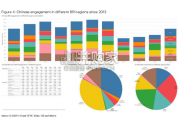
China’s financing and investment spread across 61 BRI countries in 2023 (up...
2024-02-27 31 英文报告下载
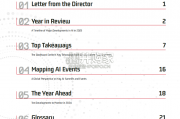
Though the risk of AI leading to catastrophe or human extinction had...
2024-02-26 52 英文报告下载
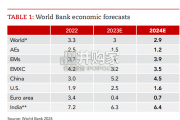
Focusing on the prospects for 2024, global growth is likely to come i...
2024-02-21 96 英文报告下载
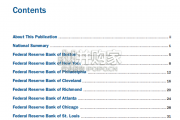
Economic activity declined slightly on average, employment was roughly flat...
2024-02-07 67 英文报告下载
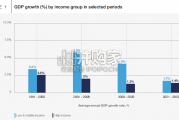
Economic growth can be defned as an increase in the quantity or quali...
2024-02-06 82 英文报告下载
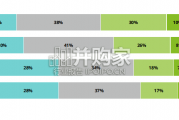
In this initial quarterly survey, 41% of leaders reported their organizatio...
2024-02-05 66 英文报告下载
最新留言